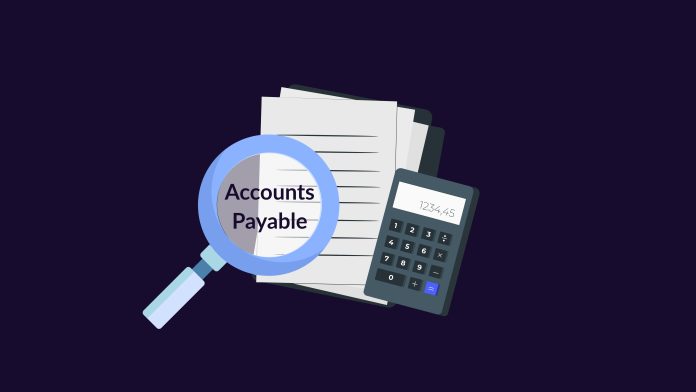In finance and accounting, some terms and concepts seem similar but hold distinct meanings. Accounts, trade, and notes payables are three terms often used interchangeably but represent different aspects of a company’s financial obligations. These obligations are crucial in understanding a company’s financial health and managing its cash flow effectively. In this write-up, we will explore the distinctions that exist among accounts payables, trade payables, and notes payables.
Accounts Payables: Unifying the Universe of Debts
Accounts payables (AP) are a fundamental component of a company’s balance sheet. Companies have short-term financial obligations to suppliers, vendors, and creditors for goods and services not yet paid. These obligations are generally settled within a short time frame, often within 30 to 90 days. The accounts payable system includes various expenses, such as raw materials, office supplies, utilities, and services.
One of the critical characteristics of accounts payables is that they are often unsecured debts, meaning that no specific collateral backs these obligations. If the company fails to pay its accounts payables on time, it may damage its reputation with suppliers and even impact its ability to continue receiving necessary goods and services. Efficiently managing accounts payable is crucial for maintaining positive supplier relationships and ensuring smooth business operations.
Trade Payables: The Business Backbone
Trade payables are a subset of accounts payables, focusing specifically on the amounts owed to suppliers to purchase goods or inventory. These are direct obligations from a company’s core business activities, such as buying raw materials or finished products for resale. Trade payables often carry terms and conditions that outline the payment timeline and any applicable discounts for early payment. Businesses may negotiate favourable terms with suppliers to optimize cash flow and reduce financial strain.
Differentiating trade payables from the broader category of accounts payables helps companies understand the financial implications of their core operational activities. It allows them to analyze how effectively they manage their inventory and assess the impact of their purchasing decisions on the company’s financial standing.
Notes Payables: When Promissory Notes Come into Play
Notes payables, also known as promissory or short-term notes, are a more structured form of debt than accounts payables and trade payables. A note payable involves a formal written agreement in the form of a promissory note, where the company acknowledges its debt to a creditor and specifies the repayment terms. This typically includes the principal amount, interest rate, maturity date, and any collateral provided as security.
Unlike accounts payables, which often don’t involve interest charges, notes payables come with interest payments. This interest cost represents the company compensating its creditors for lending funds. Notes payables might be used when a company borrows money for a specific purpose, such as purchasing equipment or expanding its operations. These notes can also be issued to suppliers or other entities to settle accounts payables more formally.
Key Differences and Implications
It is crucial for businesses to understand the distinctions between accounts payable, trade payable, and notes payable in order to manage their financial responsibilities and make informed decisions.
- Nature of Debt: Accounts payables encompass a broad range of short-term obligations arising from various expenses, while trade payables specifically pertain to obligations resulting from purchasing goods for resale. On the other hand, note payables involve formal agreements with interest payments and potential collateral.
- Formality: Accounts and trade payables are often informal and settled based on customary terms or agreements with suppliers. Notes payables involve formal written agreements, adding a layer of legal and financial structure.
- Interest: Accounts payables and trade payables typically don’t involve interest charges. Notes payables come with an interest cost, making them a costlier form of financing than standard accounts payables.
- Collateral: Accounts and trade payables are generally unsecured, while notes payables might involve collateral as security against the borrowed amount.
- Usage: Accounts and trade payables are inherent to day-to-day business operations, while notes payables are often used for specific financial needs or short-term borrowing requirements.
- Financial Analysis: Distinguishing between these payables helps financial analysts and stakeholders assess a company’s liquidity, operational efficiency, and risk exposure.
Final Thoughts:
In conclusion, accounts payables, trade payables, and notes payables are distinct concepts within finance and accounting. While they all involve a company’s obligations to pay, their nature, formality, and implications differ significantly. It is crucial for businesses to have a precise comprehension of these terminologies to enable them to make judicious financial choices, govern cash flow effectively, and sustain positive associations with creditors and suppliers.



















